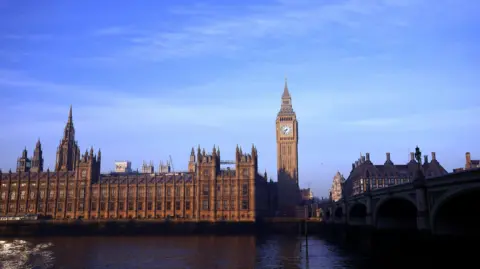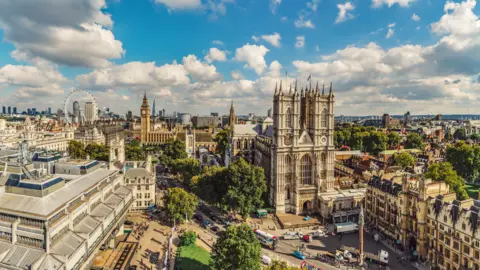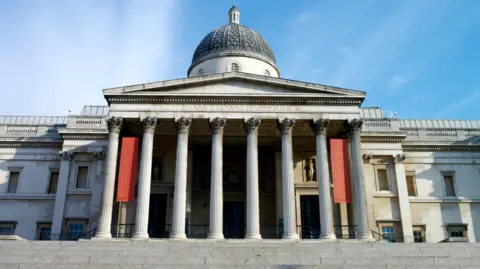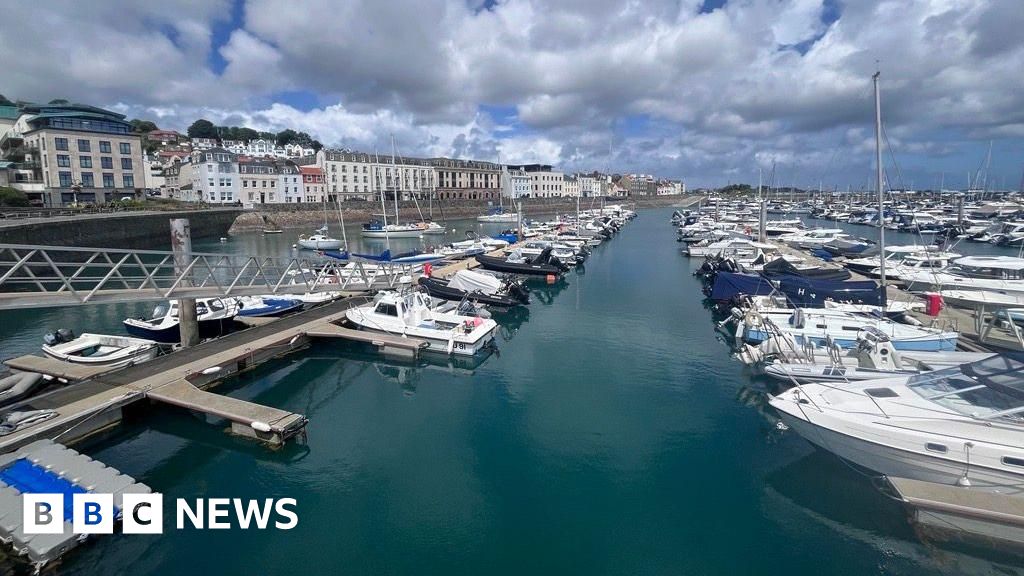Jobs
The Tube and the River Thames could heat Westminster landmarks

 PA Media
PA MediaLondon landmarks including the Houses of Parliament, Downing Street and the National Gallery could be heated by the Tube network and the River Thames as part of a new £1bn scheme.
Earmarked for 2026, the planned scheme would take surplus heat from the London Underground and river and a network of heat pipes would run throughout Westminster.
The “heat network” – set up by the Department for Energy Security and Net Zero (DESNZ) and Westminster Council – would enable historic, listed and World Heritage Site buildings to switch to low carbon heating without affecting their external look.
Council leader Adam Hug said the project would be a “crucial piece” of the net zero carbon journey in Westminster.
 Getty Images
Getty Images“We know that the gas used to heat and power buildings is one of the biggest contributors to both carbon emissions and air pollution in Westminster,” said the Labour councillor.
“However, these new low-carbon district heat networks will tap into local waste heat sources, delivering clean and affordable energy.”
It is not yet known which buildings will connect to the heat network, which relies on using waste heat or sources such as the water of the River Thames to provide heat via underground pipes into buildings where a heat exchanger transfers it into existing hot water and central heating systems.
But the planned network covers the heart of London, including famous landmarks including Parliament, Whitehall and Westminster Abbey.
It will also include Grosvenor Bridge, in Pimlico and Victoria Station, to Temple Underground Station, near the Strand and bounded by St James’s Park.
Other buildings from the Tate Britain to Somerset House would also be able to access the low carbon heat in the network, as well as Westminster Council-owned properties.
Construction is due to begin in 2026.
 Getty Images
Getty ImagesMiatta Fahnbulleh, minister for energy consumers at DESNZ, said: “Taking waste heat from the River Thames and London Underground to heat such iconic places as the Houses of Parliament and the National Gallery is a really exciting example of what lies ahead on our journey to low-cost, low-carbon heating.”
She said the project would help “support hundreds of jobs” and “make bold new strides towards boosting our energy security”.
The scheme will be delivered by South Westminster Area Network (Swan) Partnership, formed by heat network developers Hemiko and Vital Energi.
The Swan Partnership plans to invest £100m within three years, £500m within 10 years and £1bn by 2050 in what they say will become one of the UK’s biggest heat networks.











